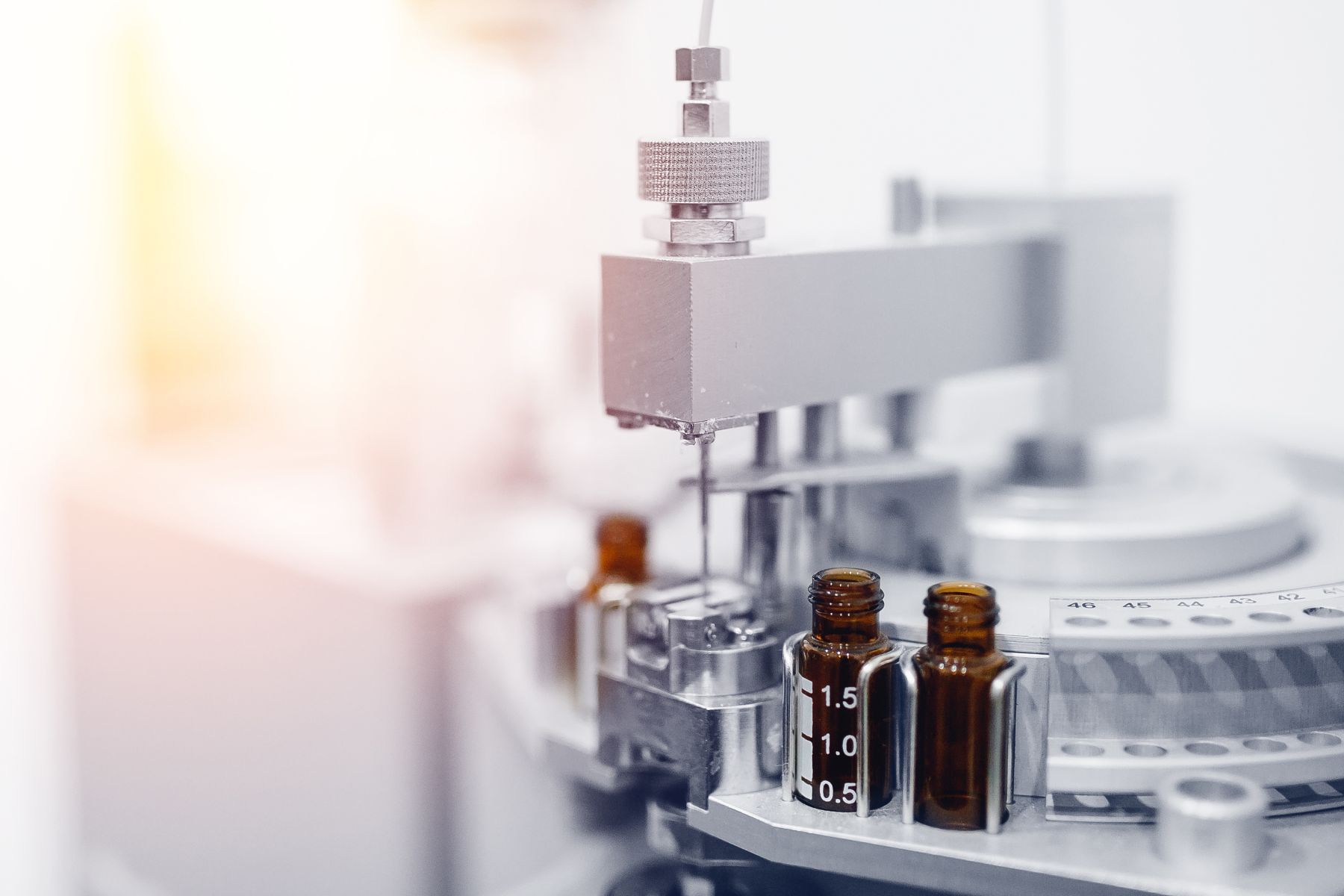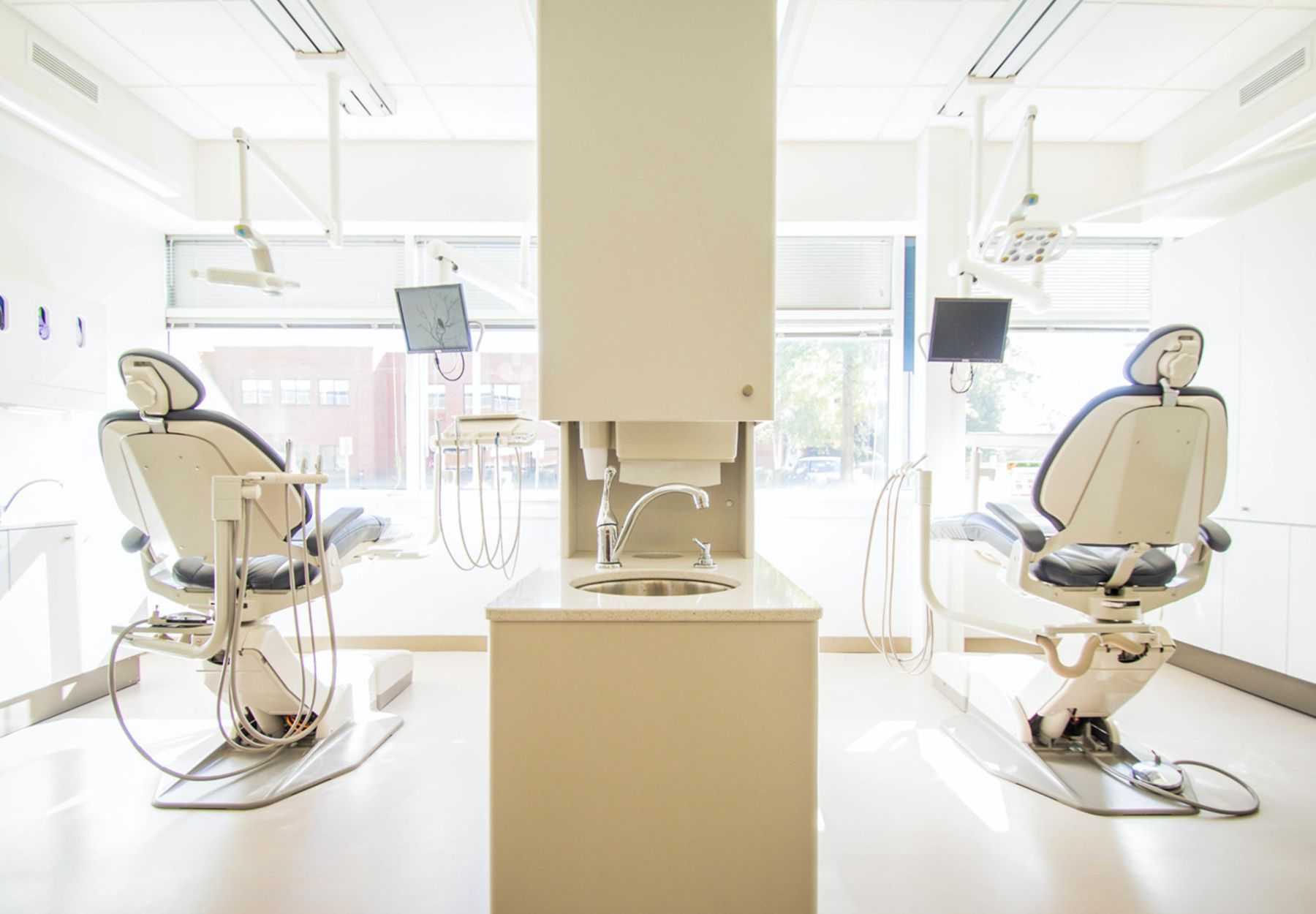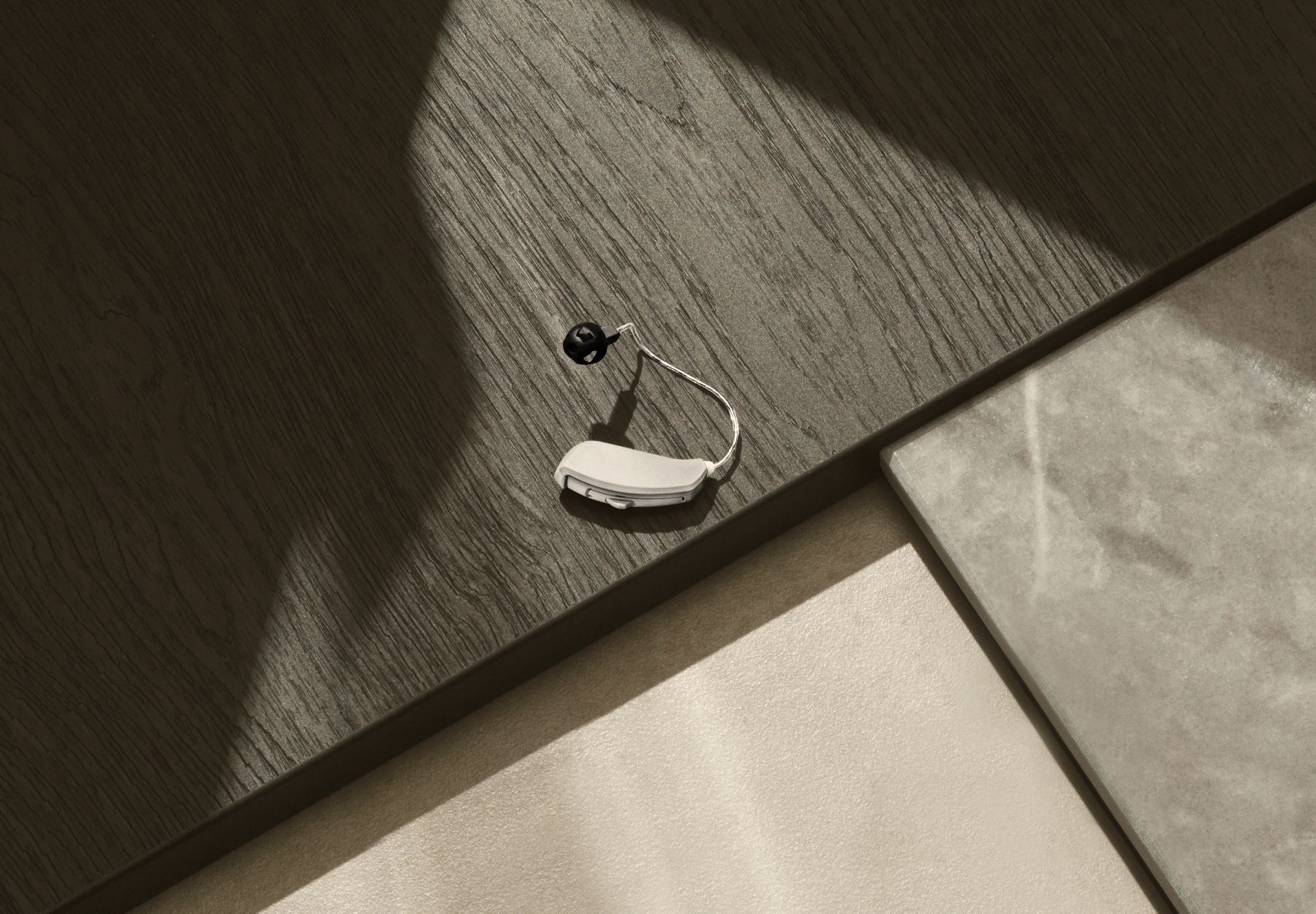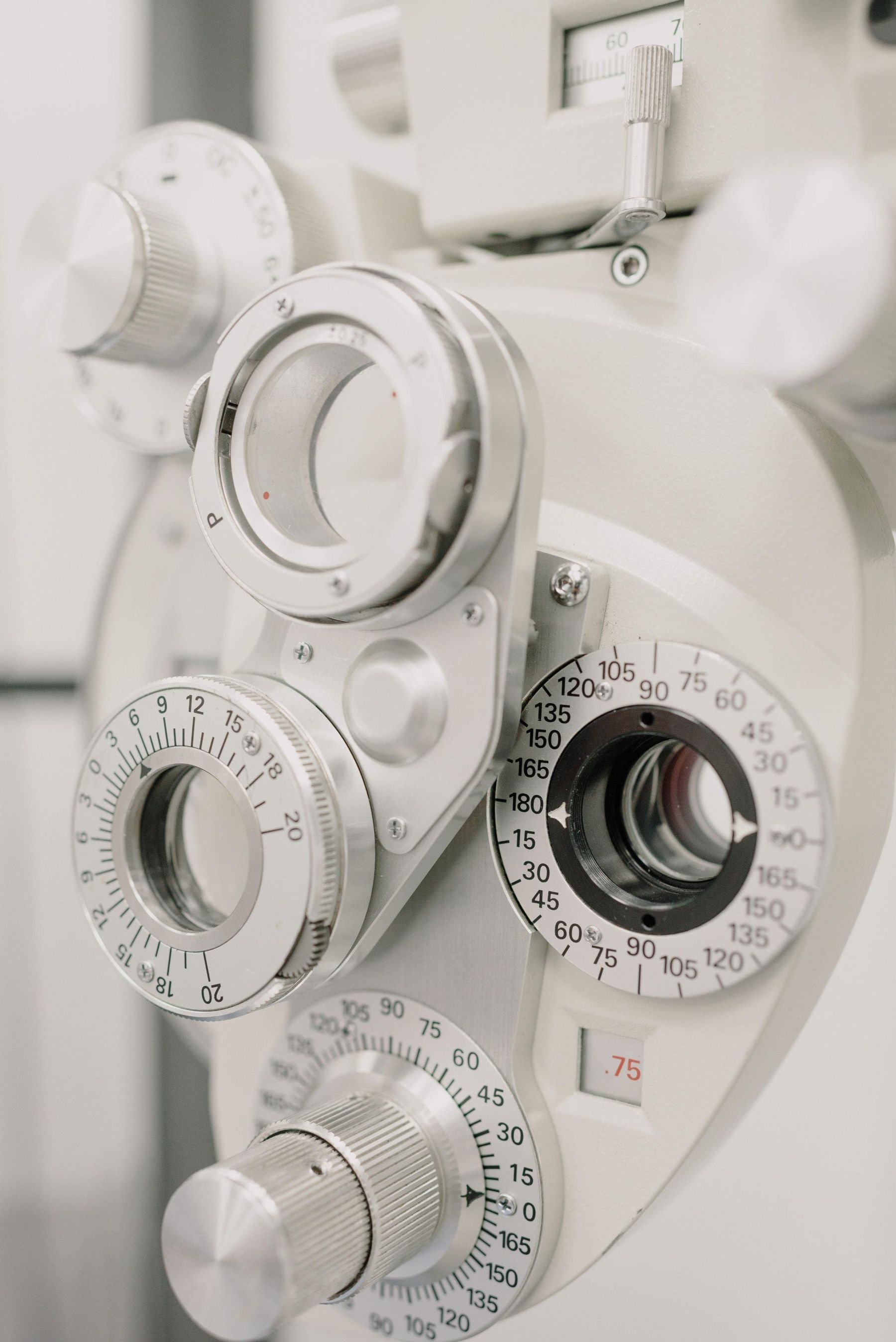3D printing is a rapidly growing technology in numerous fields, especially in dental laboratories, all due to the new software, 3D scanners, additive technologies and post-processing methods that increased efficiency and cost savings, to faster production speeds and improved quality to benefit not only doctors but also patients, to make their experience pleasing through the drop of the price, and save time, which is one of the little advantages that this technology brought with it to this industry.
5 Ways 3D Printing Has Revolutionized The Dental Industry
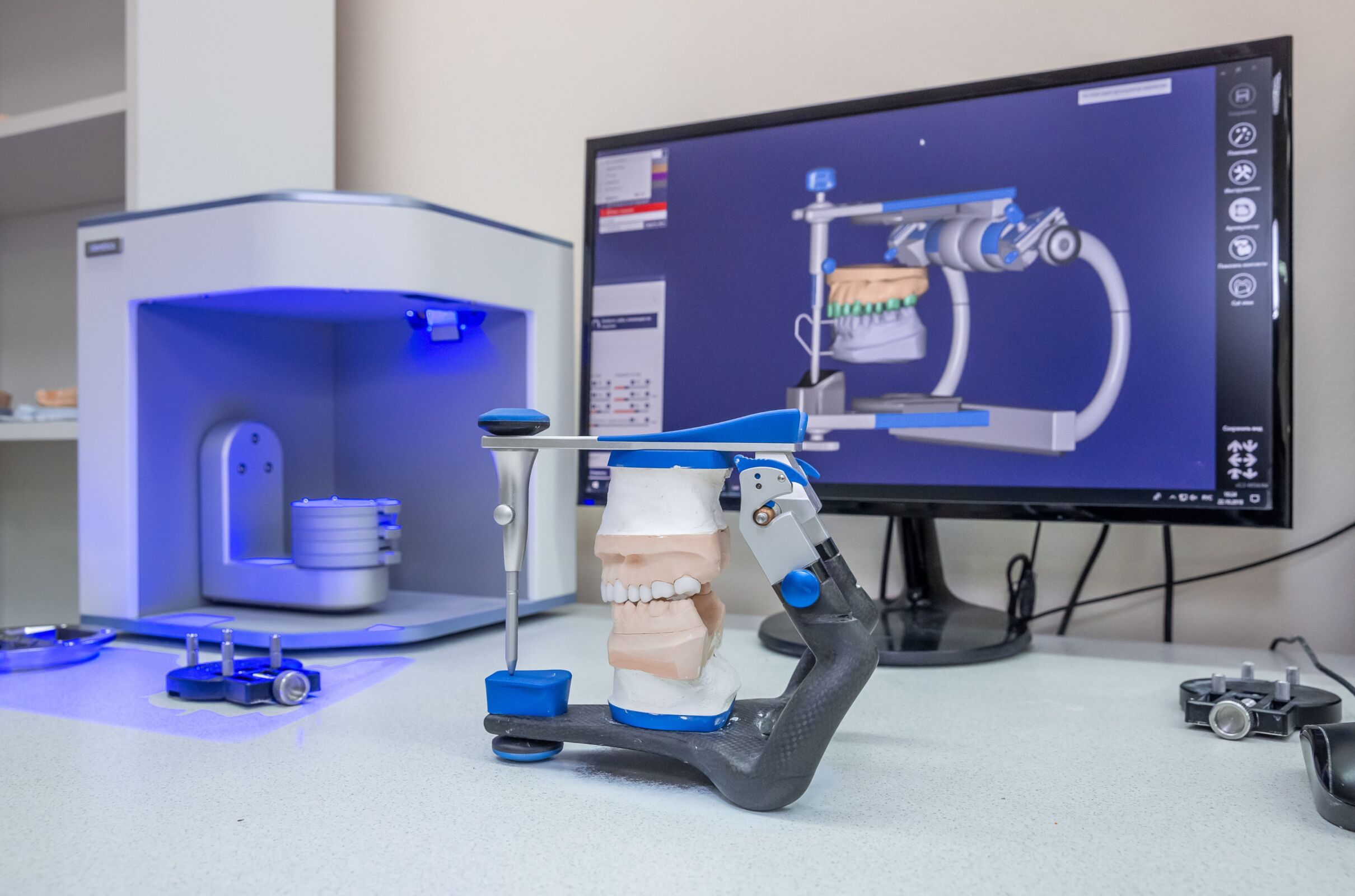
Here are 5 ways in which 3D printing transformed the dental industry;
Improved Dental Product Quality
When it comes to manufacturing dentures, 3D printing brings with it a whole host of points of interest. One of the greatest advantages is the improved qualities. Before, With traditional manual workflows, the quality of the finished products is highly dependent on the skills of a given technician. Achieving consistent and high-quality dental products with so many potential sources of error are incredibly difficult and expensive. However, now with 3D printers, even delicate structures can easily be created as the component is built up layer-by-layer and the process is controlled by a software program Compared to a plaster model, a 3D-model is a more stable, durable and precise alternative. The lines and edges on a 3D-model stay sharp without the dental technician having to worry about wearing them down. Compared to a milled model, a 3D-printed model has a more complex structure with a higher level of detail.
Digital technologies simplify workflows, reduce the room for error, and the amount of labor required, resulting in time and cost savings on both the lab’s and practice’s side.
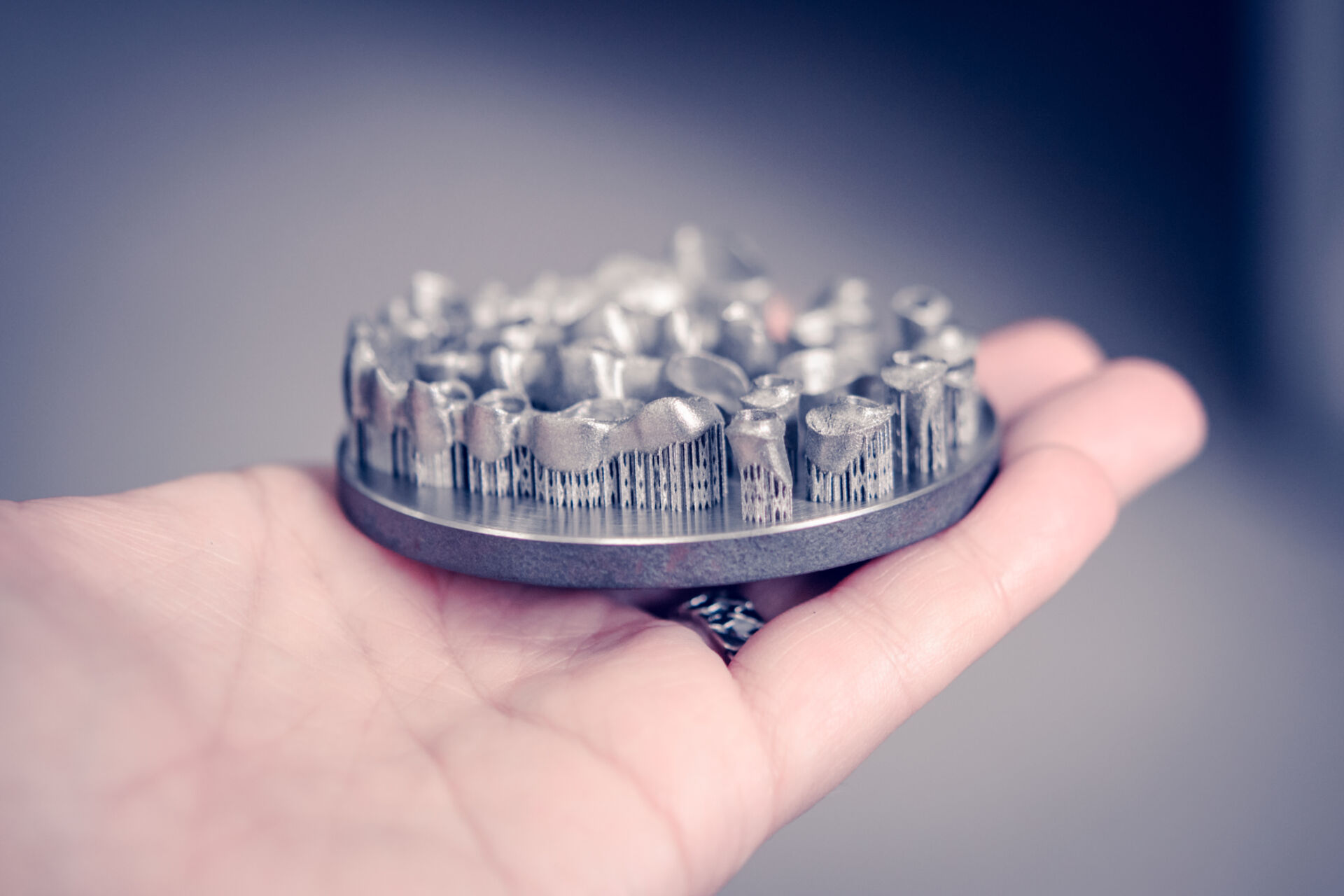
Dental Services are Faster and More Accurate
With digital dentistry, the room for error is reduced and the automation reduces labor, resulting in time and cost savings for labs and practices all around the world, while Manual model-making is time-consuming while 3D printing allows for multiple appliances to be printed at once since the digital copy is received in minutes because it is sent electronically. The technician can start working as soon as the copy of the scanning arrives. Also, it provides a clean workplace for the technician, without having to deal with plaster or inhale grinding dust.
Accuracy is also improved since 3D printers convert digital images into physical objects by printing 16-micron-thick layers one on top of the other. Increased production capacity and more accurate end results benefit both dentists and patients.
Better Patient Experience
As in all industries, clients always consider the important factor in any business, and the dental industry is no different, especially with the presentation of the new 3D printing technology in the industry. As a result, dental 3D printers create models of their patient’s problem areas in preparation for surgery, in order to help prepare themselves for an upcoming surgery reducing anxiety and increasing patient acceptance. In addition, Processes are generally faster as digital elements remove redundant steps, making the patient’s visit quicker and easier, besides that The products themselves can be more aesthetically pleasing and treatments more accurate and less invasive, all of this help to make the client experience way pleasant than it was before, which the patient had to come over a month regularly, and results won’t even be as expected, as a result, the patient end up not happy or satisfied with the outcome.


Save Money
Saving money is one of the biggest advantages that a 3D printer brought to the dental industry for both patients and doctors, in another word, it’s truly a win-win because the cost of running a dental laboratory can reach $100,000 per year. Compare this to the one-time cost of about $20,000 for a top-model 3D printer, which includes a starting supply of materials. Ongoing materials factor into the lifetime cost, but it’s far lower than running a dental lab. In addition to that, employing skilled staff to produce dental implants presents a considerable ongoing investment. In all, depending on the volume of work. However, Dental professionals aren’t the only ones saving time and money from dental 3D printers. The lower costs of materials and labor mean reduced prices for their patients as well, And with the increased accuracy and speed of dental 3D printers, the amount of return visits needed by patients is significantly reduced.
It is estimated that the overall price of dental care could go down by 80 percent depending on what is needed. In addition, the accuracy level of the work is much higher meaning happier patients.
Work in House
Dentists are able to bring the work of dental labs in-house. They are extremely user-friendly, which means no more paying for dental lab labor. Instead, the dentists themselves are usually able to operate the printers, in order to quickly and easily produce crowns, molds, models, bridges, and anything else that would otherwise be produced by lab technicians. However, Most dental practices don’t know the importance of them, which leads them to spend over $100,000 a year on lab work alone, due to material and labor costs. As for dentists who outsource their lab work, shipping and labor costs coupled with long wait times add up to astronomical amounts of money spent in the long run.
Which doesn’t benefit neither dentists nor patients because the amount of time and money those labs cost that’s why 3D printers are more and more used as they allow the dentist to work directly by himself.
While most industrial 3D printers have prices upwards of $20,000-100,000+ dollars, dental professionals are able to get professional desktop 3D printers for about $6,000 and under, without sacrificing printing speeds, or imaging accuracy.
The medical industry believes that this technology can create a revolution if directed properly. It allows groundbreaking innovations that can lead medical science to scale exponentially.
These are just some examples of the wider scope of changes that digital dentistry and 3D printing processes are bringing to the dental industry. There’s no doubt that it’s definitely the future of the dental industry, it offers many opportunities and a lot of new exciting ways to make life easier for patients, dentists, and dental technicians.

